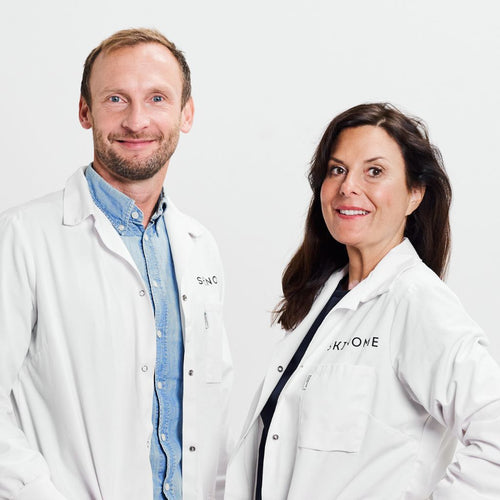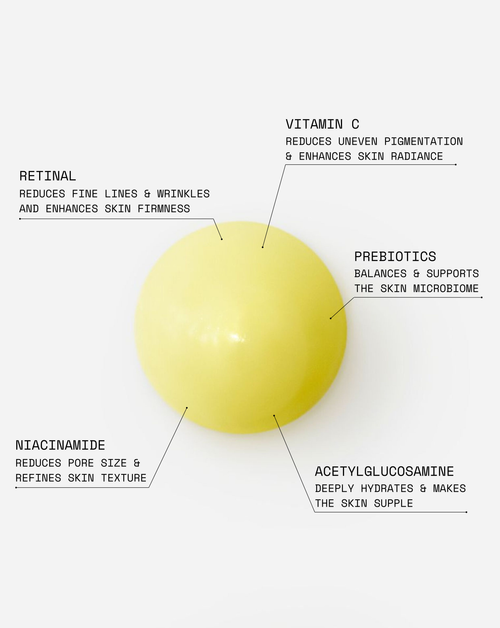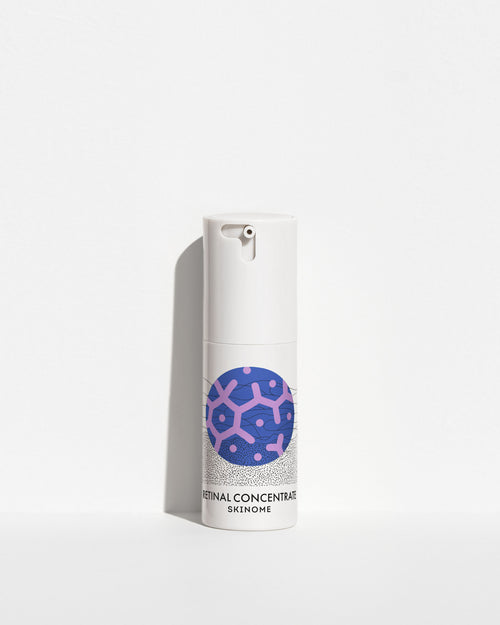Product recommendations
Since the skin is at risk of becoming more sensitive to the sun, it is important to protect against the sun during the summer months. Sun Emulsion SPF 50+ has both high UVA and UVB protection and protects against the sun's strongest rays.
Since skin often becomes drier during menopause, it is important to choose products for the drier skin type. This can be easy to miss if you are used to using products for a more oily skin type.
As a face cream, we recommend Rich Emulsion , Intense Emulsion or Derma Emulsion . Which one is best depends on your skin type, but you may also need to change depending on the season. It is especially important to use barrier-strengthening creams.
When it comes to active ingredients, it may be a good idea to provide the skin with vitamin A (retinol), which both stimulates collagen and increases cell renewal if you want to reduce wrinkle formation and reduce thinning of the skin.
Vitamin C and N-acetylglucosamine can also be added if you start to notice a decrease in radiance or uneven pigmentation. The above ingredients are found in Retinal Concentrate, which is excellent for the slightly more mature skin type.
If you do not have pigment changes, Probiotic Concentrate also works on signs of aging such as fine lines, wrinkles and even enlarged pores. However, it has no effect on pigmentation.
References
Gillbro, Johanna, (2019), The Skin Bible: Understanding Your Skin - Myths, Science and Good Advice . Stockholm: Bookmark.













